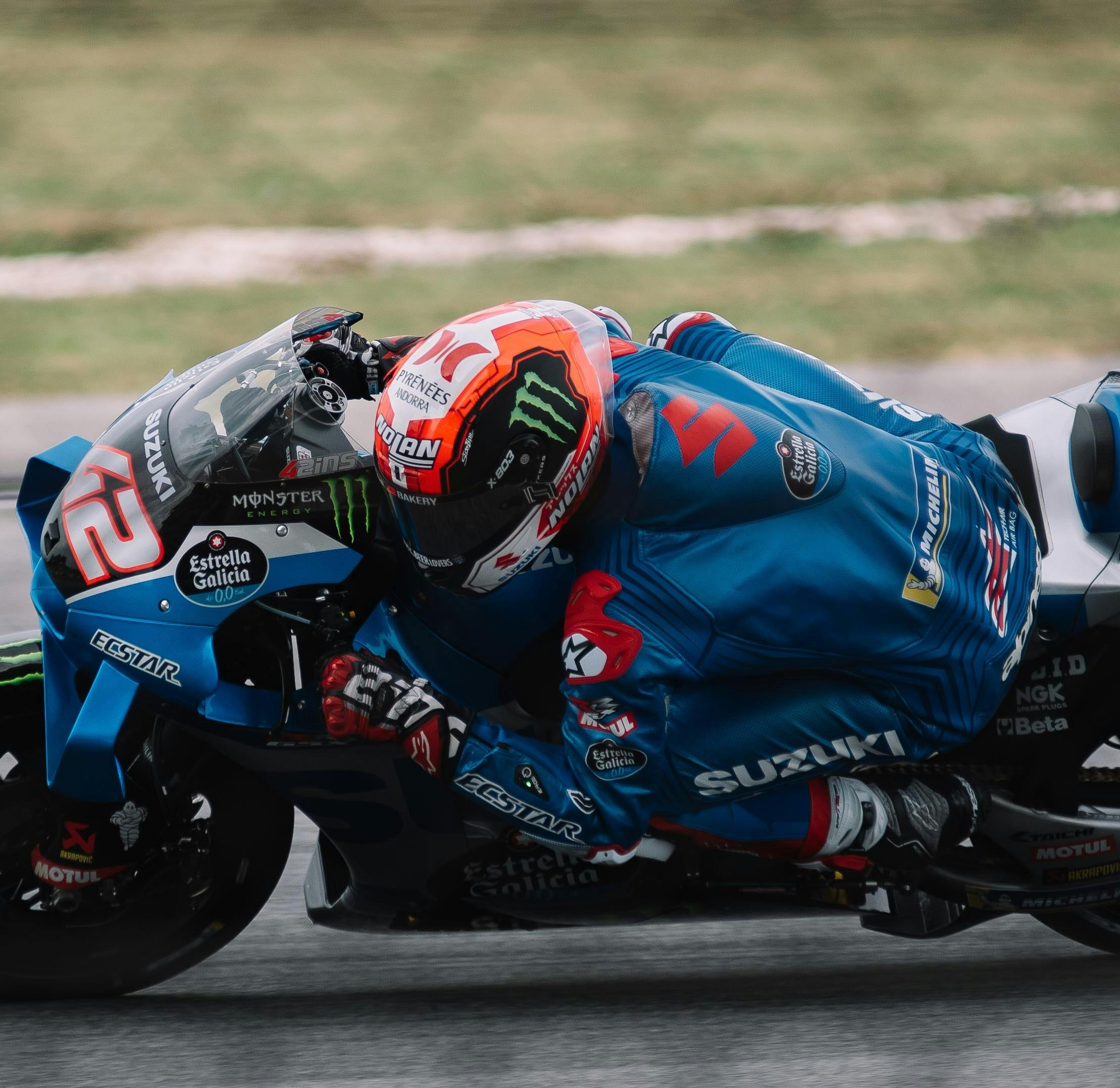Ever wondered why some MotoGP riders consistently outshine others on the track? It’s not just raw talent—there’s a treasure trove of rider performance stats that tell the real story. From cornering speeds to braking precision, these numbers can make or break a championship season. Ready to dive into the nitty-gritty of MotoGP races and uncover what truly drives success? Buckle up—this post has got everything you need!
Table of Contents
- Key Takeaways
- The Problem with Ignoring Rider Stats
- How to Analyze Rider Performance Stats
- Top Tips for Interpreting Data Like a Pro
- Real-World Examples in MotoGP Races
- Frequently Asked Questions (FAQs)
Key Takeaways
- Rider performance stats reveal patterns often overlooked by casual fans.
- Braking zones and lean angles are critical metrics in MotoGP races.
- Fans and analysts use data visualization tools like heatmaps for deeper insights.
- A single stat misinterpreted could cost teams millions in strategy mistakes.
The Problem with Ignoring Rider Stats

Picture this: You’re watching your favorite MotoGP event, cheering wildly as riders zoom past each other. What you don’t see behind those flashy helmets is the painstaking analysis happening off-screen. Here’s where I messed up once—I assumed all racers relied purely on instinct. Spoiler alert: They don’t.
The truth? Every move a rider makes is backed by cold, hard data. Think about it: Would you trust a mechanic who replaces parts based solely on vibes? No way! Yet, many enthusiasts overlook how rider performance stats influence outcomes. This oversight leads to misguided predictions and missed opportunities for learning.
How to Analyze Rider Performance Stats

- Step 1: Gather Data
Start by pulling data from trusted sources like official MotoGP websites, Motorsport.com, or specialized sports analytics platforms such as Dunlop’s Trackday Reports (Motogp.com).
- Step 2: Identify Key Metrics
Focus on metrics like lap times, top speed, braking efficiency, and corner exit velocity. These stats paint a vivid picture of a rider’s strengths and weaknesses.
- Step 3: Use Visualization Tools
Turn dry numbers into engaging visuals using heatmaps or scatter plots. Platforms like Tableau or even Excel work wonders here.
“Optimist You:” ‘Just follow these steps, and you’ll ace your own analysis!’
“Grumpy You:” ‘Ugh, fine—but only if coffee’s involved.'”
Top Tips for Interpreting Data Like a Pro
Ready to geek out over stats? Follow these tips—but ignore Tip #4 unless you’re feeling lucky:
- Tip 1: Compare Contextual Scenarios
Don’t just compare raw lap times; consider weather conditions, tire wear, and track layouts too.
- Tip 2: Look Beyond Averages
Average speeds might look impressive, but segment-specific stats provide deeper insight (e.g., Sector 3 vs. Sector 1).
- Tip 3: Leverage Historical Trends
Check how a rider performs historically at circuits like Assen or Phillip Island. Patterns repeat!
- Tip 4 (DO NOT USE): Rely Only on Social Media Buzz
This is bad advice. Crowds love drama—not always facts. Stick to verified stats instead.
Real-World Examples in MotoGP Races

Take Marc Márquez, for instance. His legendary comeback after injury wasn’t magic—it was math. Data showed his aggressive braking style remained intact despite injuries. That’s why he crushed rivals at Portimão last year. On the flip side, let’s talk about Rossi’s farewell season. While passionate fans mourned his decline, statistics revealed consistent drops in cornering acceleration—a harsh but honest truth.
And let’s not forget Fabio Quartararo’s rise. By dissecting his throttle control stats during tight corners, analysts predicted his dominance long before he clinched the championship in 2021. Stats = crystal ball.
Frequently Asked Questions (FAQs)
What Are the Most Important Rider Performance Stats?
Lap time consistency, top speed, braking distance, and corner grip levels rank among the most crucial stats.
Where Can I Access Official MotoGP Race Stats?
Check out MotoGP.com, which offers comprehensive rider performance stats updated regularly throughout the season.
Can Fans Predict Race Outcomes Using Stats Alone?
While possible, predicting outcomes requires combining historical data with current variables like weather and bike setup nuances.
Conclusion
In the fast-paced world of MotoGP races, rider performance stats act as both storyteller and strategist. From revealing hidden talents to forecasting future champs, they add depth to every twist and turn. So next time you watch a race, remember—the thrill isn’t random; it’s calculated. Now go forth, analyze, and impress your friends with newfound insights!
Oh, and one last thing: Keep those spreadsheets handy… because good SEO optimization is kinda like maintaining a Tamagotchi: It demands attention daily.


